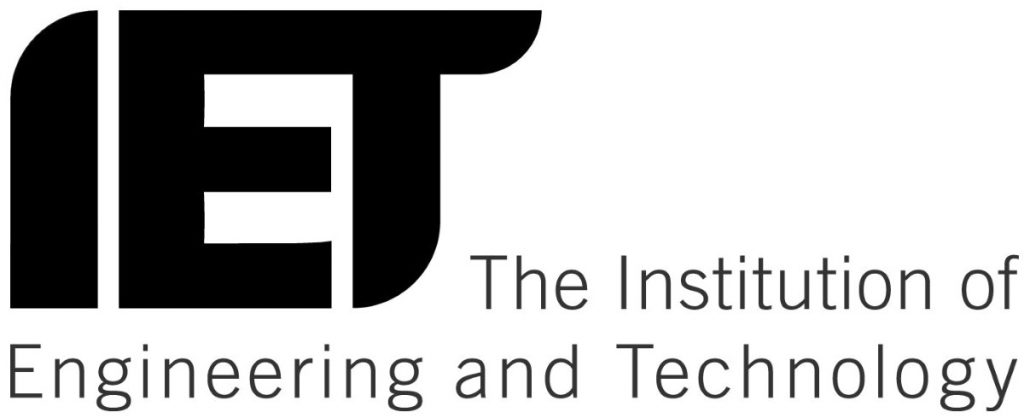Lack of females studying maths and physics at A-level a worry say engineers
Today’s publication of exam results in the UK reveals a continuing lack of students, particularly females, taking maths and physics at A-level.
Figures published by the Joint Council for Qualifications shows that of the 36,701 students who studied A-level physics, just 21 per cent were female. The figures for A-level maths and further maths fare slightly better. Of the 88,816 students who studied A-level maths, 39 per cent were female and of the 14,028 students who studied further maths, just 28 per cent were female.
The Institution of Engineering and Technology (IET) is warning that economic prosperity could be at risk if more students, particularly females, do not study and successfully complete these key engineering-enabling subjects.
Jayne Hall, IET Policy Advisor, said: “Maths and physics are crucial gateway subjects and vital to the industry and economy as a whole. With recent results from the IET’s Skills & Demand survey showing that only 6 per cent of the engineering and technology workforce are women, action needs to be taken at an early stage by encouraging females into these subjects.
“Students are aware of the importance of A-level maths to starting a career in engineering, but the perceived importance of physics is much lower.
“It is vital that we encourage more students, particularly females, to study these key enabling subjects. Currently, female students effectively rule themselves out of an engineering career at age 14 by not studying maths and physics. We must change this so that students can make informed subject choices.”
Notes to editors:
§ Interview opportunities are available with IET spokespeople from a broad range of engineering and technology disciplines including cyber-security, energy, engineering skills, innovation, manufacturing, technology, transport and women in engineering.
§ The IET is one of the world’s largest engineering institutions with nearly 160,000 members in 127 countries. It is also the most multi-disciplinary – to reflect the increasingly diverse nature of engineering in the 21st century. Energy, transport, manufacturing, information and communications, and the built environment: the IET covers them all.
§ The IET is working to engineer a better world by inspiring, informing and influencing our members, engineers and technicians, and all those who are touched by, or touch, the work of engineers.
§ We want to build the profile of engineering and change outdated perceptions about engineering in order to tackle the skills gap. This includes encouraging more women to become engineers and growing the number of engineering apprentices.
§ For more information, visit www.theiet.org





-01.png)